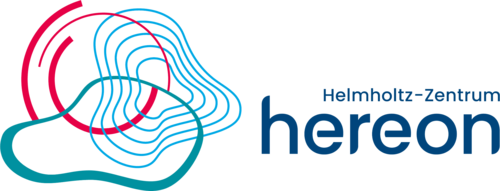Cutting-edge research for a sustainable future: the Hereon combines excellent research with state-of-the-art technology to advance environmental and materials science. Using data science and AI, it drives innovative concepts that help to address global challenges.
With HIDA's mobility programs, data science talents can participate in research on sustainable strategies for climate resilience, coastal protection and sustainable development at the Hereon. The goal: to develop new materials, technologies and concepts for mobility, innovative energy systems and the protection of coastal and marine environments.
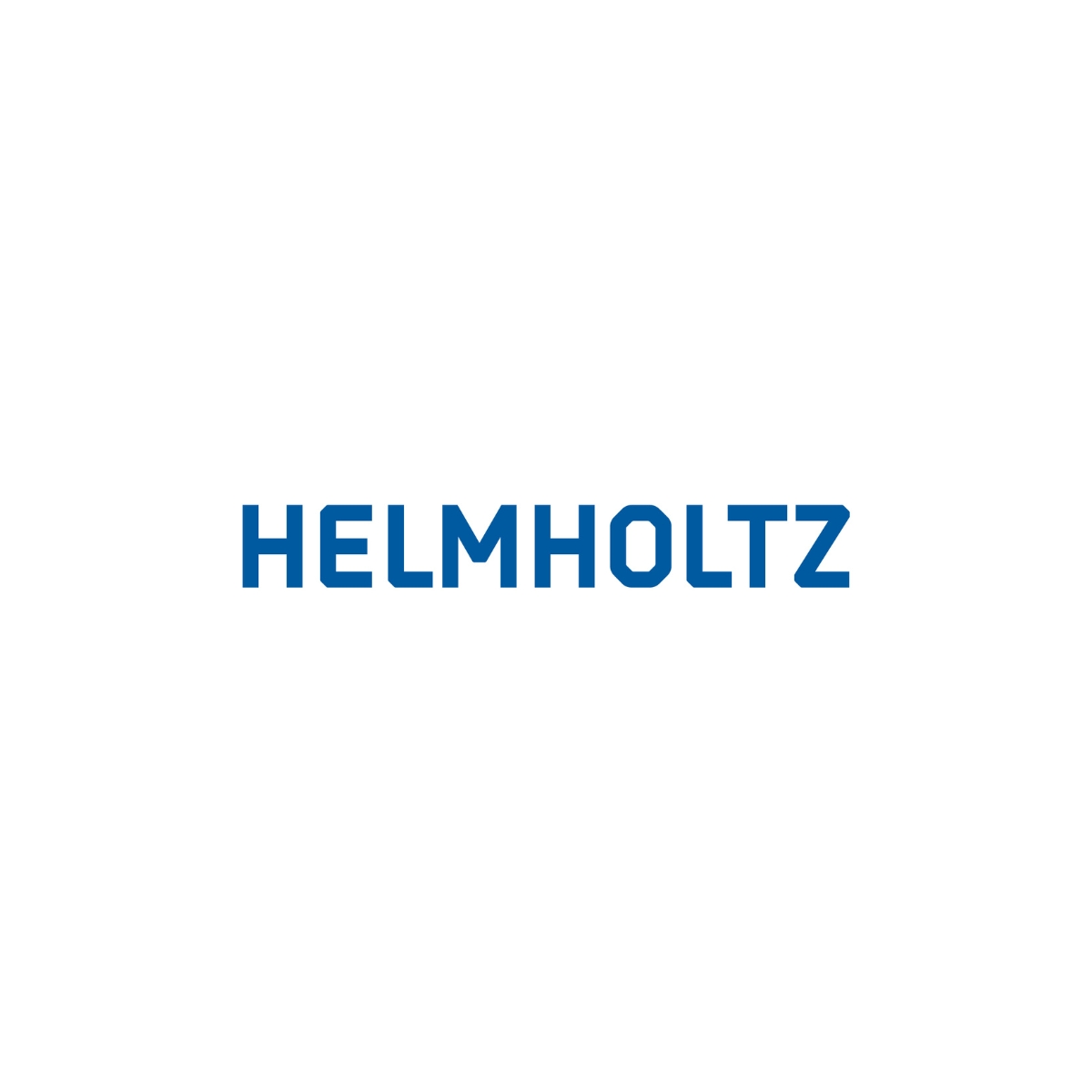
About the Helmholtz Association
The Helmholtz Association
The Helmholtz Association is Germany’s largest scientific organization. Our cross-cutting research programs connect the 18 Helmholtz research centers.
Each center has its own scientific focus areas and infrastructures. The research is thematically structured into six fields:
- Energy
- Earth & Enviroment
- Health
- Information
- Aeronautics, Space & Transport
- Matter
The Helmholtz Center Hereon
The Helmholtz Center Hereon is dedicated to research on sustainable strategies for climate resilience, coastal protection and sustainable development. Around 1,000 employees develop new materials, technologies and concepts for mobility, innovative energy systems and the protection of coastal and marine environments. The combination of experimental research, modeling and artificial intelligence is creating practical approaches to overcoming climate change. With locations in Geesthacht, Teltow and other sites, Hereon is one of the leading non-university research institutions in Schleswig-Holstein.
Main research areas:
- High-performance materials for sustainable technologies
- Environmentally friendly mobility and energy systems
- Biomaterials for medicine
- Climate change, coastal protection and marine research
- Digital twins and simulation-based research

The sites
Hereon sites
-
Geesthacht (main location)
-
Campus Teltow near Berlin
-
Branch offices in Hamburg, Kiel, Berlin and Garching near Munich
Hereon's expertise in the field of data science and AI
Hereon uses data science and artificial intelligence to efficiently analyze complex environmental and materials research questions and develop innovative solutions. By using digital twins, machine learning and big data analysis, accurate predictive models are created and new materials and environmental strategies are optimized.
AI-supported models help to predict material properties, better understand climate change and develop sustainable energy and mobility solutions.
- Digital twins for materials and environmental research
- AI-supported simulations for coastal and climate protection
- Optimization of materials through machine learning
- Data analysis for sustainable mobility solutions
- Modelling of ocean and atmospheric dynamics
Around 1,000 employees create knowledge and innovations for more resilience and sustainability – for the benefit of the climate, the coast and people.
Application
Would you like to conduct research and work at Hereon? Then apply now for the HIDA Mobility Program!
Please contact your potential supervisor by email before applying to propose and discuss a research project. Only submit your application after this has been clarified.
You can find more information about the application requirements here.
Note for external applicants:
If you have any questions about application formalities or organizational procedures, please contact your home institution directly.
The Hosts at Hereon
Get to know some of the hosts at Hereon and learn more about their respective research based on data science.
Please note: The listed hosts represent only a selection of possible supervisors.
You are also welcome to independently contact other potential hosts at the center and coordinate your participation in the HIDA Mobility Program directly with them.
If you have any questions, please send an email to: hida@helmholtz.de
Are you interested in becoming a Helmholtz host yourself and looking for support for your research project?
Then please also contact the above-mentioned email address.
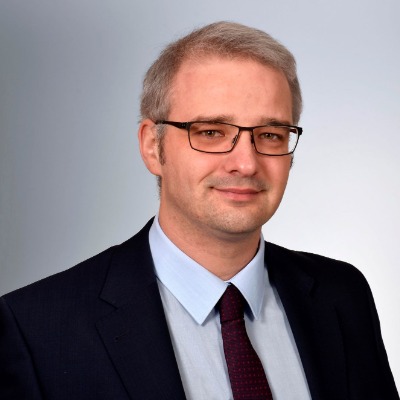
Paul Jerabek
Hydrogen Technology
Contacts

Short summary of your group's research: We perform state-of-the-art multi-scale simulations of hydrogen storage materials, e.g. interstitial metal hydrides or complex hydride systems. For that, we develop digital workflows bridging the atomistic scale with the mesocopic regime by coupling accurate ab-initio calculations with thermodynamic modeling and phase-field simulations. Our set out goal is to be able to understand and accurately predict materials properties as independently from experimental input as possible.
What infrastructure, programs and tools are used in your group? We have access to Hereon's own HPC cluster (more than 160 nodes with 48 CPUs/node) that we utilize for running various molecular and periodic quantum chemical program packages (VASP, QuantumEspresso, CASTEP, ORCA, Gaussian etc.)
Furthermore, we use open-source software to perform thermodynamic modeling (OpenCALPHAD) and phase-field simulations (FiPy, MOOSE).
What could a participant of the HIDA Trainee Network learn in your group? How could he or she support you in your group?
What you can learn in our group:
- You will be able to gain or deepen your understanding in quantum chemical methods like DFT or AIMD for structural optimization, calculation of reaction energies and pathways and prediction of spectroscopic properties
- You will learn how to perform thermodynamic modeling to predict phase diagrams for multi-component systems via an ab-initio assissted CALPHAD methodology
- You can be trained in utilizing phase-field simulations for prediction of microstructure evolution and kinetic properties of materials on the mesoscale
How you can support us:
- You can complement our team by working with our established methodologies on your own project on the topic of hydrogen storage materials
- You can help with automatizing and streamlining some of our scale-bridging, digital workflows
- You can kickstart our planned activities for utilizing machine-learning techniques for some of our computational methods
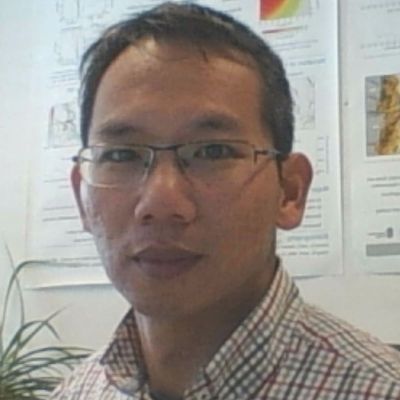
Wenyan Zhang
Sediment Transport and Morphodynamics
Contacts

Short summary of your group's research: Continental margins are constantly changing their shape through erosion and sediment deposition. In terms of climate protection and sustainable coastal development, the “Sediment Transport and Morphodynamics” department studies in detail the interactions between morphodynamics, ecosystem functions and biogeochemistry. We apply process-based models combined with artificial intelligence to investigate particle transport, coastline change, morphodynamics and their role in ecosystem functioning.
What infrastructure, programs and tools are used in your group? We develop and apply numerical models (physics-biology-biogeochemistry coupled) with parameterizations optimized by data-driven approaches. The models include SCHISM, ROMS and Delft3D.
What could a participant of the HIDA Trainee Network learn in your group? How could he or she support you in your group? We provide guidance to learn hybrid modeling combining process-based models and data-driven optimization. We hope the guest research could bring the expertise in artificial intelligence with application to remote sensing data (especially satellite images) and causal linkage identification from multivariate datasets.
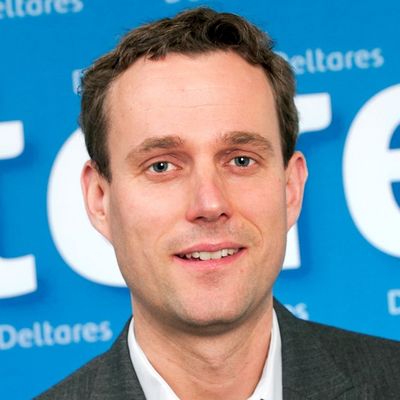
Laurens Bouwer
Climate Services for Adaptation
Contacts

Three-sentence summary of your group's research: The interdisciplinary team at GERICS develops scientifically based prototype products and services to support decision-makers in politics, business and public administration in adapting to climate change. We are located in the historic "Chilehaus" in the centre of Hamburg. Specifically, my group develops applications in the field of water resources (water supply, flooding), as well as socio-economic impacts, such as damages and health impacts.
What infrastructure, programs and tools are used in your group? We operate our own regional climate model REMO, and participate in the WCRP EURO-CORDEX network. In addition, we develop state of the art tools for pre- and post-processing of climate and other environmental data.
What could a guest researcher learn in your group? How could he or she support you in your group? We use data science methods and machine learning for improving simulations as well as visualistion of our results. Example applications are the application of ML for data post-processing of weather and climate predictions (Link), impact models for flood damage assessment (Link), and health impact modelling (Link). We are also open to accept novel ideas and proposals of other applications of data science methods, that fit the goals of GERICS and our product portfolio.


